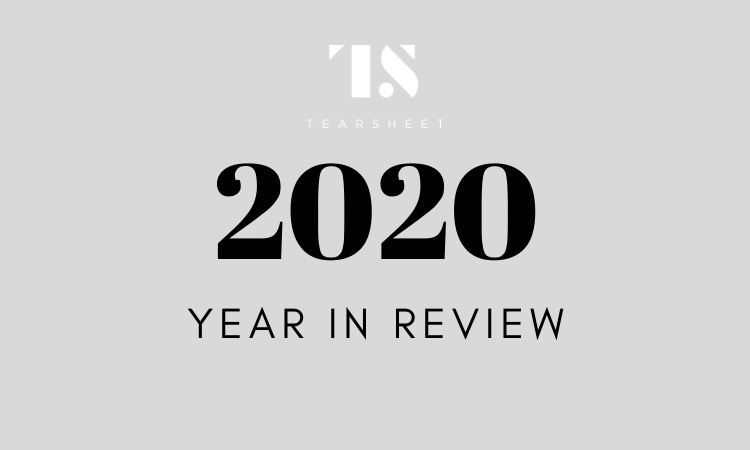Member Exclusive, New banks
2020 in review: The year of the pandemic as seen through Tearsheet’s top stories
- 2020 was a massive year in the world and in financial services.
- Through the prism of Tearsheet's reporting, we look back at the year that was.





